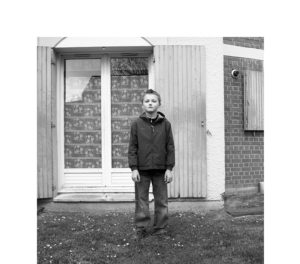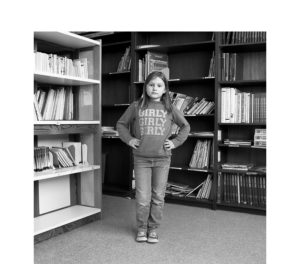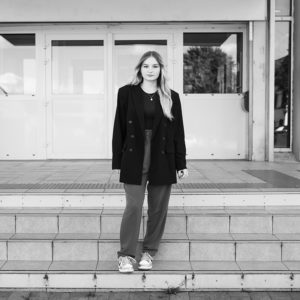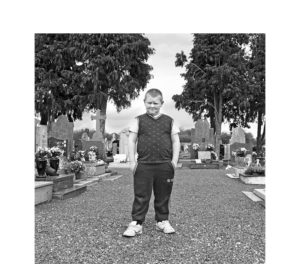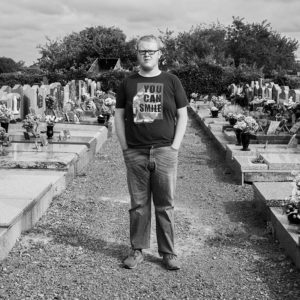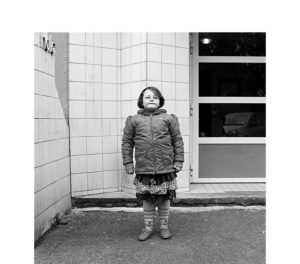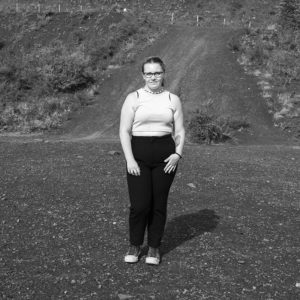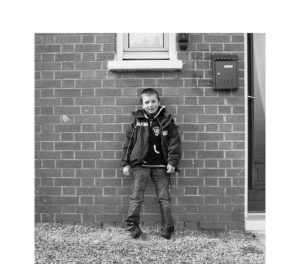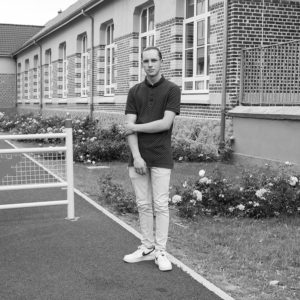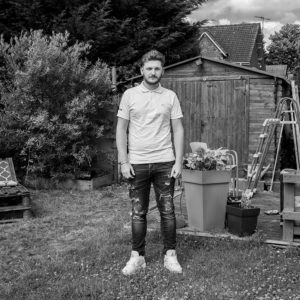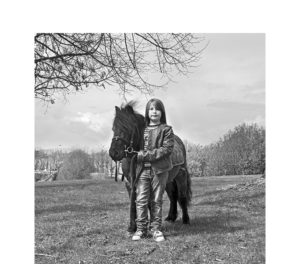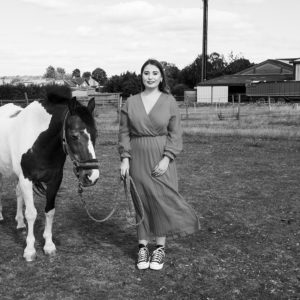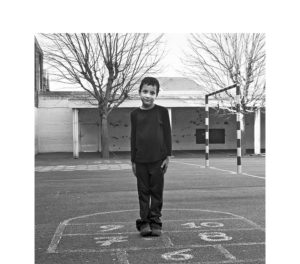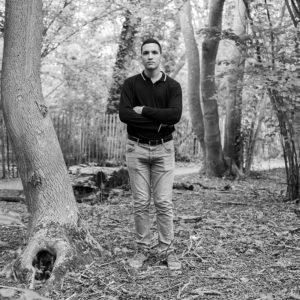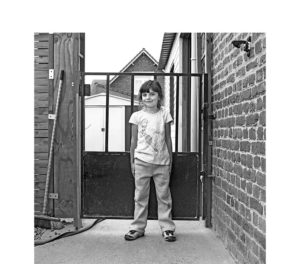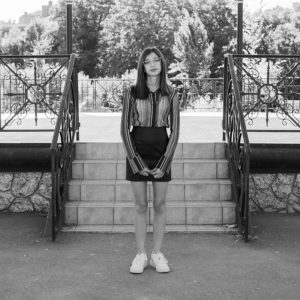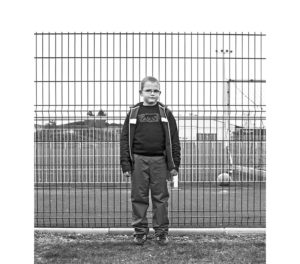La série photographique est initiée en 2012 dans le Bassin minier, auprès d’enfants de sept et huit ans d’une classe de primaire. Photographiés in situ dans un lieu qu’ils sont invités à choisir et qu’ils ne veulent pas voir disparaître, les portraits révèlent des enfants plus ou moins timides ou affirmés, des corps maladroits, fragiles ou solides. Ces enfants deviennent des témoins vivants et des empreintes inconscientes des héritages historiques, sociaux, culturels et migratoires du territoire dans lequel ils ont grandi.
Dix ans après, ces enfants sont devenus de jeunes adultes. Afin de garder une forme d’unité et une cohérence avec la série photographique de 2012, une partie du dispositif reste le même : chaque adolescent choisit un lieu auquel il est attaché, choisit sa posture, sa tenue vestimentaire et crée sa propre mise en scène.
À travers la représentation de ces jeunes dans leur territoire, la série photographique invite à comprendre de quelle manière on s’affirme en tant qu’adolescent et comment l’héritage familial et la mémoire des lieux peuvent influer sur notre identité et nos choix.
The photographic series was initiated in 2012 in Liévin, in the Mining Basin in the North of France, with children aged seven and eight (cf. Le pays noir). Ten years later, these children have become young adults. In order to maintain a form of unity and coherence with the previous photographic series, a part of the device remains the same: each teenager chooses a place to which he or she is attached, chooses his or her posture, clothing, and creates his or her own staging. The photographic device attempts to capture the essence of this generation, its present and future concerns. Through the representation of these young people in their territory, the portraits invite us to understand how we assert ourselves as adolescents and how family heritage and the memory of places can influence our identity and our choices.
"Retour sur le pays noir" thus confronts the stigmas of the past and childhood dreams with today's realities and expectations for tomorrow, offering a reflection on the transmitted legacies of the Mining Basin and on the metamorphoses of a living collective memory.

